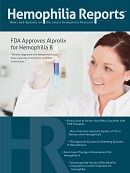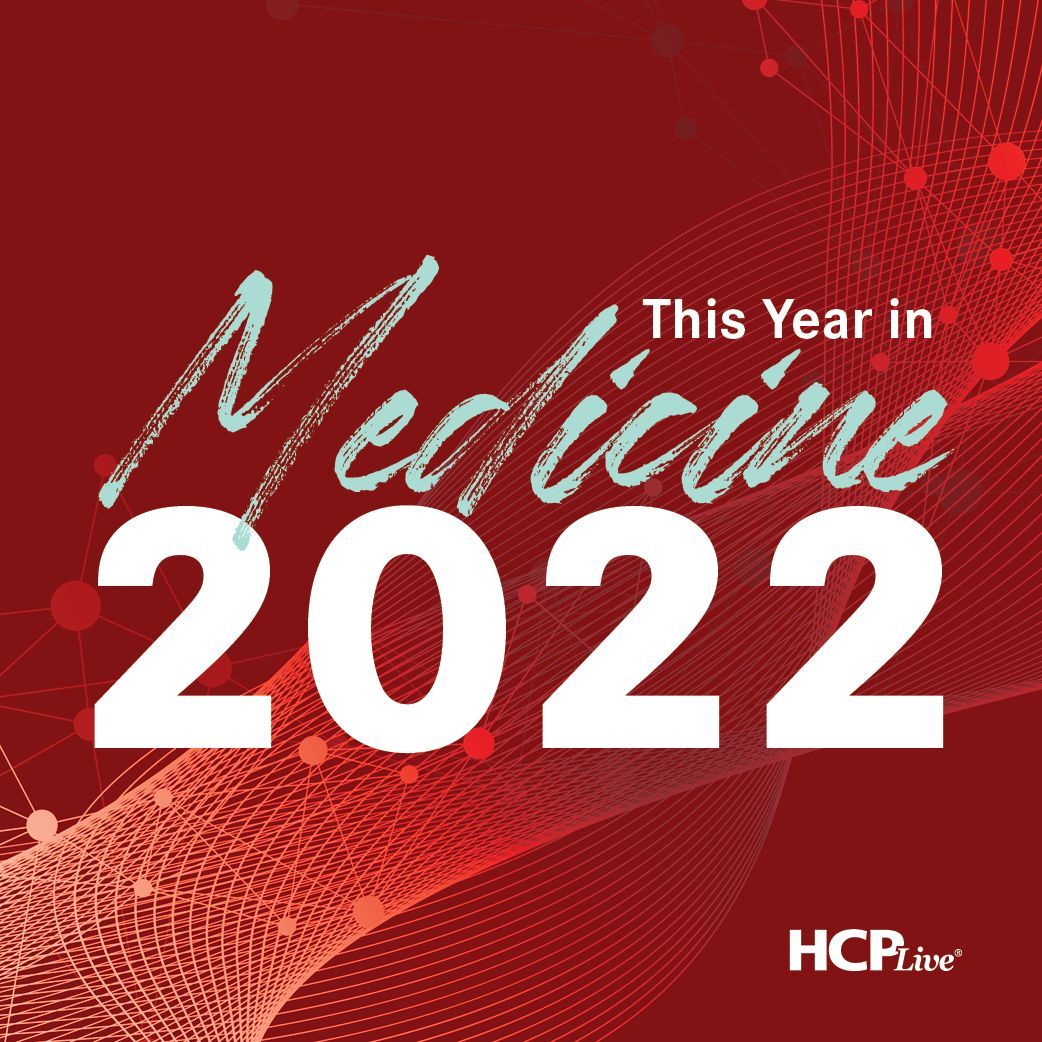Publication
Article
Hemophilia Reports
Promising Results for Rituximab Treatment for Acquired Hemophilia A
Author(s):
Treating acquired hemophilia A (AHA) with anti CD20 monoclonal antibody Rituximab is increasingly popular, according to a case study published in the Mediterranean Journal of Hematology and Infectious Diseases.

Researchers from various clinics in Italy observed a non hemophilic 60 year old man with AHA in order to study the successful treatment of AHA with rituximab. The investigators commented that rituximab has been proven effective in maintaining long-term suppression of inhibitors of AHA.
At first, the patient received oral prednisone at a dose of 1 mg/ Kg body weight. However, due to his acute bleeding stage, recombinant factor VIIIa (Novoseven) was initiated at a dose of 90 mcg/ Kg every 2 hours for 4 doses, followed by every 4 hours for 6 additional doses. The patient demonstrated no response for corticosteroids.
The patient showed a complete clinical response with normalization of clotting parameters after 5 weekly courses of rituximab given in doses of 375 mg/ sqm in combination with prednisone. After discontinuing rituximab, the patient demonstrated initial worsening of coagulation parameters induced the addition of 3 additional courses. Prednisone had been slowly tapered due to undetected Bethesda Units.
At the time of publishing their study, the authors said the patient had been in complete clinical and hematological remission after 200 days.
“This case confirms that rituximab may be a safe and useful tool to treat AHA and, a prolonged administration can overcome the initial resistance,” the authors concluded. “However, the precise position of this drug in the therapeutic strategy (first or second line, alone or in combination with other drugs) remains to be established and warrants further investigation.”
The researchers commented that rituximab was reported to eradicate inhibitors in 172 AHA patients so far. They wrote that rituximab was used as monotherapy or in combination with other treatments like immunosuppressive drugs (steroids and cyclophosphamide).
In total, 157 patients showed response (91 percent), 146 patients achieved complete response (85 percent), and 20 patients (12 percent) showed partial response. Only 5 patients (3 percent) did not show response to rituximab. In most of these cases, a dose of 375 mg/ sqm was used, but sometimes was 100 mg.
“The present case suggests that in certain circumstances a more extensive course of rituximab infusions needs to reach a threshold of circulating B lymphocytes whose antibodies production is not able to support the autoimmune disorder,” the authors concluded. “In our patient, a B cell number of 0.5/ μL was achieved after the 8th doses, when a complete response was also seen.”






